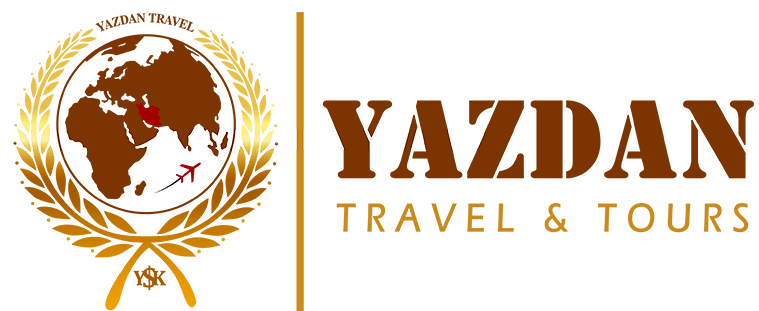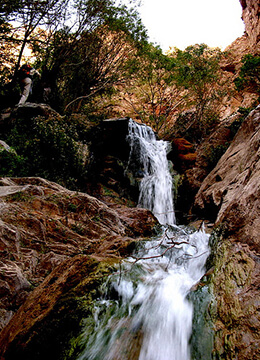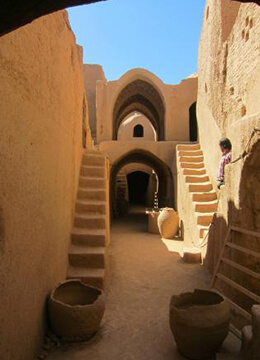Golestan Palace | Tehran- Iran
Tehran
Tehran is the capital of Iran and the center of Tehran Province; with a population around 8.4 million in the city and 15 million in the larger metropolitan area of Greater Tehran, Tehran is the most populous city in Iran and western Asia and has the second largest metropolitan area in the middle east. It is ranked 29th in the world by the population of its metropolitan area. Tehran was first chosen as the capital of Iran by Agha Mohammad Khan, the founder of Qajar dynasty, in 1796, in order to remain within close reach of Iran’s territories in the Caucasus before being separated from Iran as a result of the Russo-Iranian wars; and to avoid the vying factions of the previously ruling Iranian dynasties. The capital has been moved several times throughout the history, and Tehran is the 32nd national capital of Iran. Large scale demolition and rebuilding began in the 1920s, and Tehran has been a destination for mass migrations from all over Iran since the 20th century. Tehran is home to many historical collections, including the royal complexes of Golestan Palace, Sa’dabad and Niavaran Palace where the two last dynasties of the former Imperial State of Iran were seated. Tehran’s most famous landmarks include the Azadi tower, a memorial built under the reign of Mohammad Reza Shah of the Pahlavi dynasty in 1971 to mark the 2,500th year of the foundation of the Imperial State of Iran, and the Milad tower , the world’s sixth-tallest self-supporting tower which was completed in 2007. The Tabiat Bridge, a newly-built landmark, was completed in 2014.
The Sa’dabad Palace Complex,
Is a 300 hectare complex built by the Qajar and Pahlavi monarchs, located in Shemiran, Greater Tehran. Today, the official residence of the President of Iran is located adjacent to the Complex.
The complex was initially built and inhabited by Qajar dynasty off monarchs in the 19th century. After extensive expansions, Reza Shah of the Pahlavi Dynasty resided there in the 1920s. His son, Shah Mohammad Reza Pahlavi moved there in the 1970s. After the 1979 Revolution the complex became a public museum
Golestan Palace Tehran
The former royal Qajar complex in Iran’s capital, has been inscribed on the UNESCO World Heritage List. This is considered as an Outstanding Universal Value because it’s presented as the most complete and the only remaining example of a royal palace which is an architectural masterpiece of Qajar era.
The Arg was built during the reign of King Tahmasb I (1524-1576) of the Safavid dynasty (1502-1736), and was later renovated by Karim Khan Zand (1750-1779). Agha Mohammad Khan Qajar (1742-1797) chose Tehran as his capital. The Arg became the site of the Qajar (1794-1925). The Court and Golestan Palace became the official residence of the royal Qajar family. Nasser Al Din Shah introduced many modifications in Golestan Palace buildings during his reign.
Golestan Museum is divided to seven parts:
Anthropology Museum
Diamond Building
Akskhaneh (house of photography)
Howzkhaneh (house of piscine)
Negarkhaneh (Picture-Gallery)
Shams-Al-Emareh Building
Marble Throne Verdana and Gushvareh rooms




